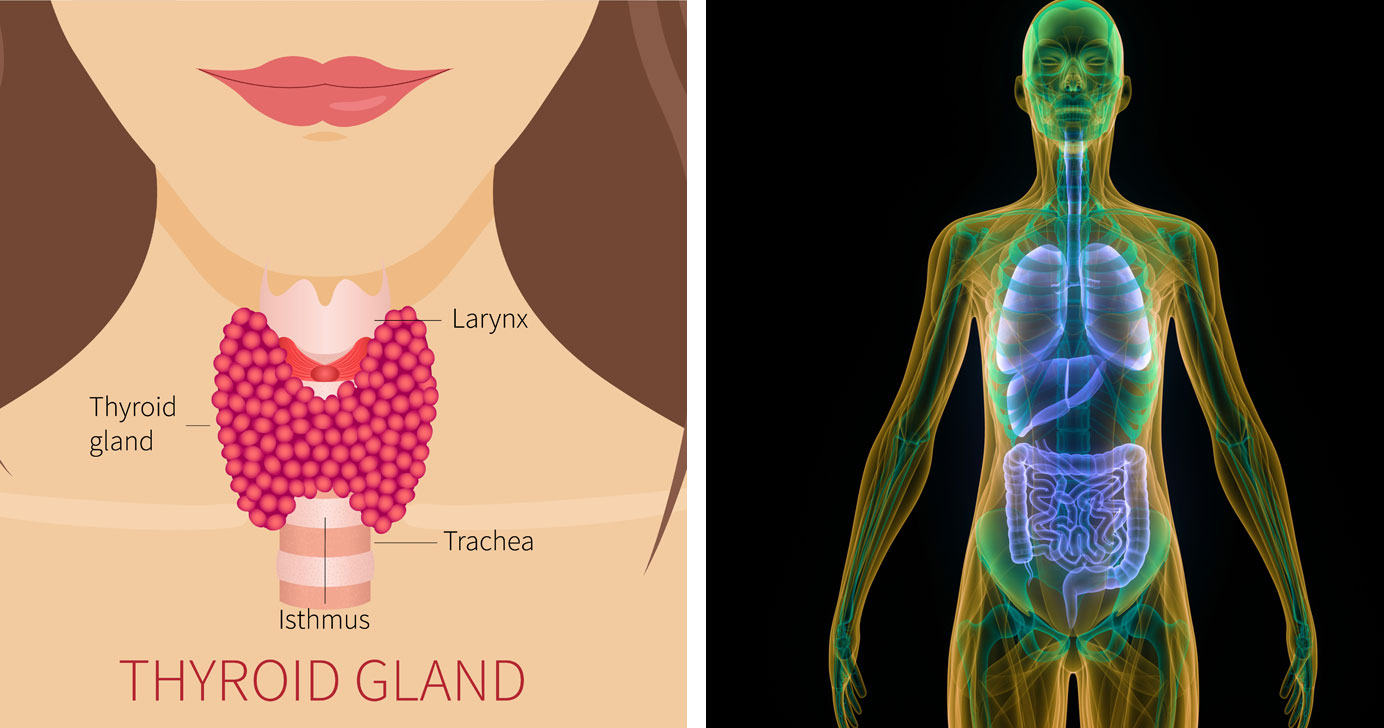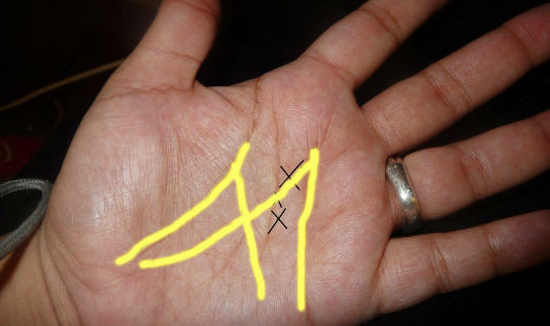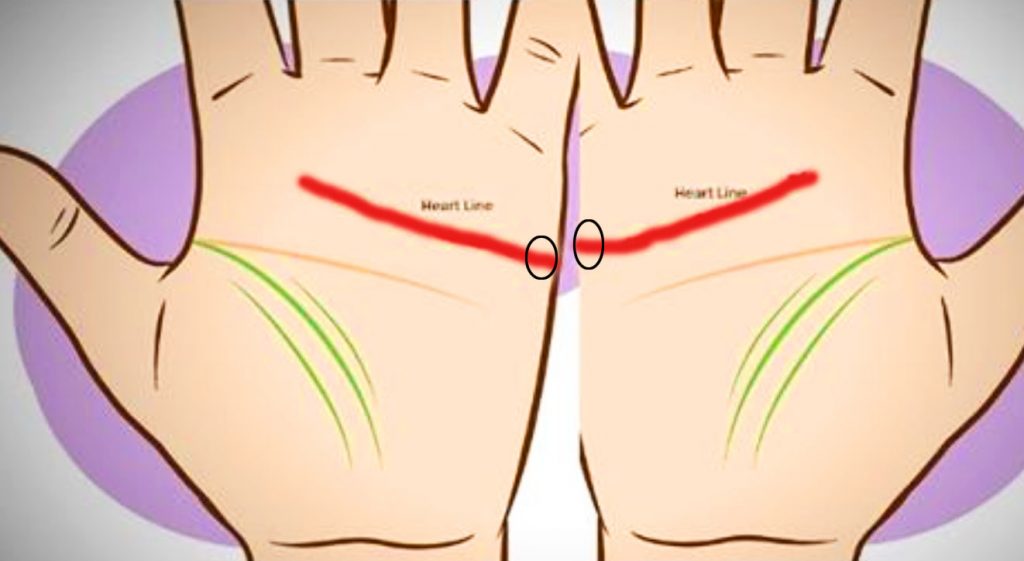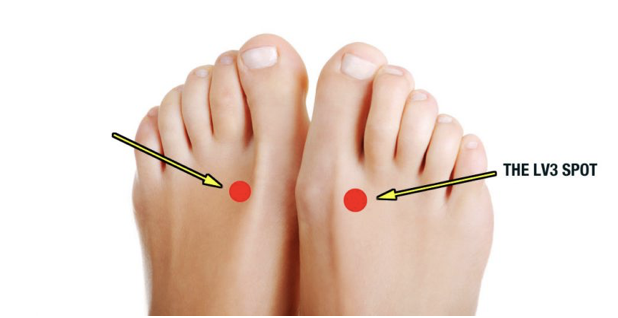6 Amazing Health Benefits Of Doing Foot Acupressure
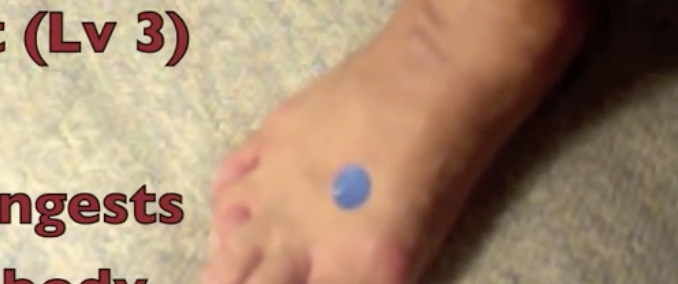
People do many things in their quest to stay healthy and feeling great. We diet and exercise, visit doctors and specialists, and take all sorts of vitamins and pills in our never ending search for cures and remedies to help treat the medical conditions, or whatever it may be, that affects our health!
However advanced modern medicine may be, sometimes it doesn’t do the job and not everyone wants to have to rely on it. Instead of using costly pharmaceuticals that often have harsh side effects, people turn to alternative homeopathic remedies that naturally balance and heal their bodies and minds.
One such treatment is called acupressure and if you’ve ever held your forehead or massaged your temples to help relieve a headache, then you’ve already engaged in the practice. Thousands of years ago the ancient Chinese developed the technique and it remains a popular alternative treatment to this day.
Acupressure is simple, all that it involves is applying pressure to various points on our bodies to stimulate blood flow to the thousands of nerves located mainly in our hands and feet.
The human foot alone has well over fifteen thousand nerves that are all inter-connected and form a network which reaches different areas, like organs and glands, in our bodies. Different pressure points correspond with certain body parts and so they can each be targeted for desired results.
People the world over have found that acupressure works wonders when it comes to alleviating aches, pains, built up stress, and tension. By using simple acupressure techniques at home they have dramatically relieved pain and discomfort caused by common ailments and you can too. All that you need to do is locate the points on the feet that are associated with the area which your issue likely stems from, and massage it!
The LV 3 point, which is also called the Tai Chong, is regarded as being one of the most powerful points. That’s because it’s connected not only to the liver, which helps clean and detoxify our systems, but many other body parts as well. The LV 3 point is located on top of the foot, near the metatarsal bones, and here is exactly how to find it.
Starting at the gap between your big and second toe, move about two finger widths back towards your ankle from there. You should notice and feel a slight depression, which is where the point is located, and if you’re touching a hard bone keep looking because it’s in a soft area. By pressing down gently and applying firm pressure to the LV 3 point on and off for 4-5 seconds at a time, for at least 2 minutes several times a day, it can help to relieve and affect the following:
1. Pain: The point is commonly used to alleviate many types of pain including, but not limited to, menstrual cramps, abdominal and back pain, headaches, stomach pain, and more. It’s believed that because the point is connected to the liver meridian and lower back, it’s very effective at relieving many additional sources of bodily pain, and so if you ever feel achy or are hurting, give yourself a foot massage on the LV 3 point for relief!
2. Depression: Many cases of depression are caused in part by our bodies and minds being overloaded with too much stress and not enough sleep. According to WebMD studies have been done which suggest that by activating the LV 3 point it helps to lessen the negative impacts of depression and anxiety. It’s believed that the point worked for the subjects who were examined by effectively lowering both their overall stress levels and instances of insomnia. This finding alone makes it worthwhile to do and try out at the very least.
3. Stress: It’s common knowledge that a good massage can work wonders at clearing our minds, thoughts, and heads (for most people!). Activating the LV 3 point naturally increases concentration and focus, leading to less stress and better decision making. Furthermore, as mentioned above studies have shown that the point decreases depression, insomnia, and anxiety, and that in turn reduces stress levels.
4. Digestion: A range of digestive issues can targeted by way of the LV 3 point. Upset Stomach, nausea, vomiting, hangovers, and indigestion can be either eliminated or improved so the next time you happen to overindulge and drink too much, try it out!
5. Parkinson’s Disease: A report released by the Northwest Parkinson’s Foundation stated that “Acupuncture point LV3 has been historically used to treat tremors such as those associated with Parkinson’s disease.” While that dealt with acupuncture at the point, as opposed to acupressure, it nonetheless shows how the spot has been used for thousands of years to target and treat symptoms, including those associated with Parkinson’s Disease. It’s one more way to help improve people’s overall health and even today it could greatly impact modern diseases.
6. Sleep Disorders and Insomnia: Massaging the LV 3 point has been shown to reduce stress and anxiety and it can also help to relax your body and calm your mind. People have used it to fall asleep faster and to reduce instances of waking up during the night. If you wish to achieve better quality sleep by way of the LV 3 point it’s important that you do the massage right before you go to bed at night.
This alternative treatment is incredibly simple, convenient, and easy to do on your own. It costs nothing, has no negative side effects, and will leave you feeling relaxed and at ease. It may sound too good to be true but it might be exactly what your body needs. You have nothing to lose if you give it a try and please pass this information on to others. Learn More: Watch the video below for additional information:
Please SHARE This With Family and Friends
The Best Cardiologist In The Country Reveals The 4 Things That Happen Before You Have A Heart Attack
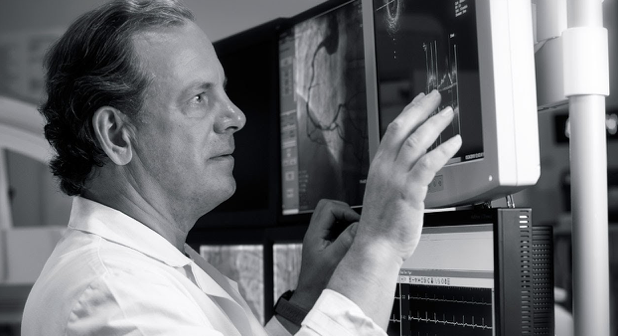
Heart disease kills more Americans per year than all cancers combined. It is responsible for one third of all deaths and is often a silent killer without obvious symptoms. One quarter of all heart attacks happen without clear signs. Even when there are symptoms, they are commonly mild or vague, such as indigestion, fatigue, back pain, and stress.
Most Americans over 35 already suffer from heart disease, whether they know it or not. Half of all people with heart disease have cholesterol readings that are in the normal range. The good news is that heart disease can be prevented, reversed and even cured.
What causes heart disease also causes many other major degenerative diseases. Some cultures experience very little, if any, heart disease. Diabetes, arthritis, cancers, and heart disease are created by the over consumption of sugar and fat.
These two things combine to make too much fat in the bloodstream and form into arterial plaque. In addition, stress, high blood pressure, lack of exercise, hormonal imbalances, overproduction of insulin, and inflammation contribute to the development of heart disease.
Most people know that cholesterol is divided into good, HDL, and bad, LDL, but LDL can be categorized further into larger, less dense, Pattern A, and smaller, highly dense, Pattern B. Boosting HDL can make Pattern A LDL less harmful, but Pattern B is very dangerous.
Cholesterol is necessary for many important metabolic functions, but the types must be in a healthy ratio. These amounts, as well as plaque, can be tested to identify a person’s risk for heart attack and stroke. Quit smoking, get more exercise, relieve stress by physical exertion and spiritual dedication, cut out all sugar, cut back refined carbs and fatty foods and you will be on your way to preventing, reversing, and curing heart disease.
Increase your intake of fresh fruits and vegetables, whole grains, and nuts and seeds. Fish and chicken are healthy proteins, as well as a small amount of lean red meat. If you take care of yourself, you can live a long, enjoyable life.
1. Chest Pain and Tightness 2. Sweating 3. Indigestion, Nausea and Vomiting 4. Pain in Other Parts of the Body in the left arm, throat, jaw, teeth back or abdomen.
Please Share This Article With Family and Friends, It Could Save a Life
13 Signs and Symptoms You Have a Thyroid Condition and May Not Even Know It.
Without a properly functioning thyroid gland, living a healthy, normal, balanced life is all but impossible to enjoy. That is because the gland, located in the front base of our necks, is responsible for producing all of the hormones our bodies need to function. These hormones help control metabolism and are what our other vital organs rely on for energy in order to work efficiently and properly.
It naturally follows that thyroid hormones can have a huge impact on how different parts of the body work, including the heart, liver, muscles, brain, and more. When the thyroid gland is under-active and does not produce enough thyroid hormone, it leads to a disorder known as hypothyroidism. The most common causes of an under-active thyroid are a lack of sufficient iodine in one’s diet, an underlying autoimmune disease, such as Hashimoto’s, and radiation treatment.
In terms of iodine deficiency, a change in diet can help ensure that you are getting enough. The human body does not make its own supply of iodine and so eating foods that are naturally rich in iodine, such as organic yogurt, cranberries, navy beans, strawberries, potatoes, cheddar or cheese made with goat’s milk, can help thyroid function. Thankfully there is an easy way to diagnose hypothyroidism, via a blood test, and from there it can be managed and treated with hormone therapy.
If left untreated, hypothyroidism can lead to a variety of different health issues. Joint pain, obesity, heart disease, infertility, depression, and even coma can result from the condition. By knowing what symptoms to look out for you can avoid those complications and get treatment before it spirals out of control. Here are the most common signs of hypothyroidism:
1. Sudden and unexplained weight gain 2. Muscle weakness 3. General fatigue 4. Constipation 5. Memory loss 6. Thinning, coarse, or dry hair 7. Rough, dry, pale skin 8. Puffy face 9. Sensitivity and/or intolerance to cold 10. Depression 11. Increased irritability 12. Muscle aches and cramps 13. Abnormal menstrual cycle with heavier or irregular periods in women
Check out the video below for more information:
Please SHARE This Information With Family and Friends

